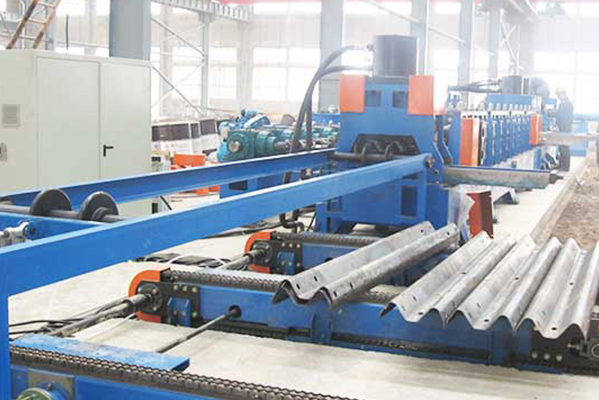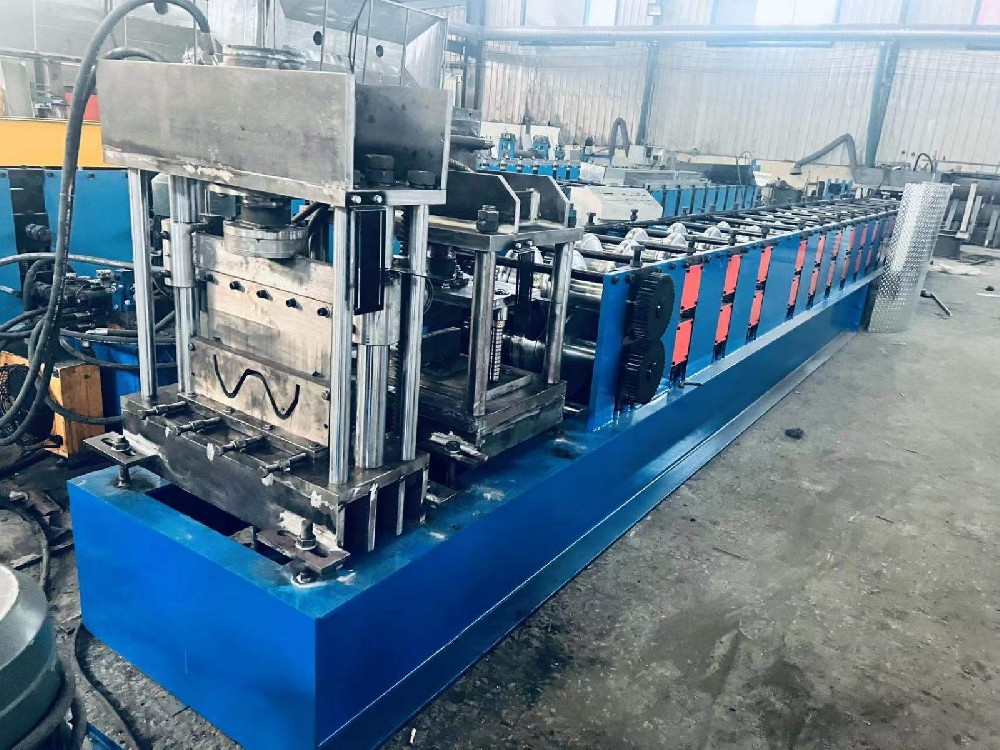Navigation Menu
Contact Us
- Email:
- info@wxavatar.com
- Address:
- Yurong Village, Yuqi Street, Huishan District, Wuxi, China.
Release Date:Mar 24, 2025 Visit:52 Source:Roll Forming Machine Factory
Guardrail forming machines are specialized equipment used in the manufacturing of guardrails, which are essential for road safety, industrial facilities, and other applications. These machines are designed to shape metal sheets into guardrails through a roll-forming process. While they offer numerous benefits, they also come with certain limitations. This article explores the advantages and disadvantages of guardrail forming machines.
Advantages of Guardrail Forming Machines
High Efficiency and Productivity
Guardrail forming machines are highly efficient, capable of producing large quantities of guardrails in a short time. The automated process reduces manual labor and speeds up production, making them ideal for large-scale projects.
Consistency and Precision
These machines ensure uniformity in the dimensions and shape of guardrails. The precision of the roll-forming process minimizes errors and ensures that every guardrail meets the required specifications.
Cost-Effectiveness
By automating the production process, guardrail forming machines reduce labor costs and material waste. The ability to produce guardrails in bulk also lowers the overall production cost per unit.
Versatility
Modern guardrail forming machines can be adjusted to produce guardrails of different sizes, shapes, and thicknesses. This flexibility allows manufacturers to cater to various customer needs and project requirements.
Durability of Output
The guardrails produced by these machines are highly durable and resistant to environmental factors such as corrosion and impact. This makes them suitable for long-term use in harsh conditions.
Reduced Human Error
Automation minimizes the risk of human error during production, ensuring that the guardrails meet safety standards and quality requirements.

Ease of Operation
Many guardrail forming machines are user-friendly, with advanced control systems that simplify operation. This reduces the need for highly skilled labor and shortens the learning curve for operators.
Disadvantages of Guardrail Forming Machines
High Initial Investment
The cost of purchasing and installing a guardrail forming machine can be significant. This makes it challenging for small businesses or startups to afford such equipment.
Maintenance Requirements
These machines require regular maintenance to ensure optimal performance. Neglecting maintenance can lead to breakdowns, which can be costly and time-consuming to repair.
Limited Customization
While guardrail forming machines are versatile, they may have limitations when it comes to highly customized or complex designs. Specialized guardrails may require additional equipment or manual intervention.
Space Requirements
Guardrail forming machines are often large and require substantial floor space. This can be a constraint for facilities with limited space.
Energy Consumption
These machines consume a significant amount of energy during operation, which can increase operational costs and have an environmental impact.
Dependence on Raw Material Quality
The quality of the guardrails produced depends heavily on the quality of the raw materials used. Poor-quality materials can lead to substandard guardrails, even if the machine is functioning perfectly.

Technological Obsolescence
As technology advances, older guardrail forming machines may become outdated. Upgrading to newer models can be expensive, and older machines may not be compatible with modern production requirements.
Conclusion
Guardrail forming machines offer significant advantages in terms of efficiency, precision, and cost-effectiveness, making them indispensable in the production of guardrails for various applications. However, their high initial cost, maintenance requirements, and limitations in customization are notable drawbacks. Businesses considering investing in these machines must weigh the pros and cons carefully, taking into account their production needs, budget, and long-term goals. With proper planning and maintenance, guardrail forming machines can be a valuable asset in ensuring the production of high-quality, durable guardrails.